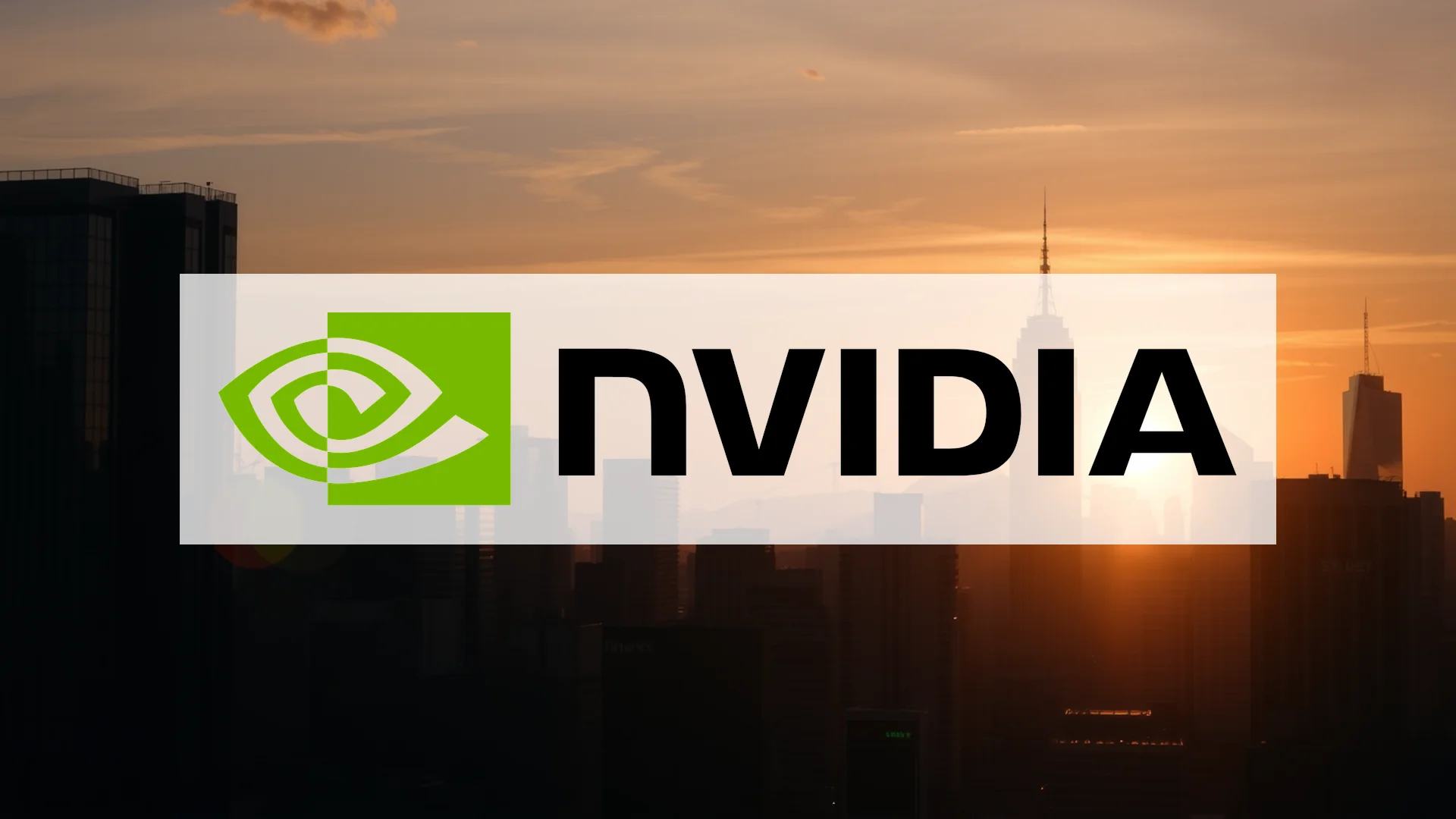In a move that has sent shockwaves through the semiconductor industry, Nvidia has announced a surprising $5 billion strategic investment in its competitor Intel. This unexpected partnership signals a potential paradigm shift in how chip giants collaborate, moving beyond traditional competition toward strategic alignment in the AI era.
Unprecedented Collaboration Between Chip Rivals
At the core of this groundbreaking announcement is Nvidia’s plan to acquire Intel shares at $23.28 per share, pending regulatory approval. The transaction represents far more than a simple financial investment—it establishes a framework for joint product development between the two technology powerhouses.
The companies have revealed plans to co-develop products for both data center solutions and personal computing markets. Under this new partnership, Intel will manufacture custom x86 processors specifically designed for Nvidia’s AI infrastructure platforms. This collaboration could fundamentally reshape competitive dynamics within the semiconductor sector, allowing Nvidia to extend its AI dominance while providing Intel with crucial momentum for its struggling chip manufacturing operations.
Market Response and Analyst Perspectives
Financial markets reacted immediately to the announcement, with shares of competitors ARM and AMD initially facing downward pressure amid concerns about intensified competition from the new alliance. These losses were partially recovered later in the trading session as analysts began assessing the long-term implications.
Should investors sell immediately? Or is it worth buying Nvidia?
Bank of America research notes suggest “limited short-term impacts” on both AMD and ARM from the partnership. Meanwhile, JP Morgan has maintained its “buy” recommendation for Nvidia stock, indicating confidence in the strategic rationale behind the move.
Financial Strength Enables Strategic Moves
Nvidia’s capacity to make such a substantial investment stems from its extraordinary financial performance. The company reported second-quarter revenue of $46.7 billion, representing a 56% surge driven primarily by its data center business, which generated $41.1 billion in revenue. This exceptional growth has been fueled by overwhelming demand for Nvidia’s Blackwell GPU architecture.
This financial robustness provides Nvidia with the flexibility to pursue strategic initiatives that would be unattainable for smaller competitors. The company’s strong cash position enables bold moves that could reshape industry relationships and competitive landscapes. The critical question remaining is whether this unusual partnership will ultimately benefit both companies equally or primarily strengthen one at the expense of the other.
Ad
Nvidia Stock: Buy or Sell?! New Nvidia Analysis from December 20 delivers the answer:
The latest Nvidia figures speak for themselves: Urgent action needed for Nvidia investors. Is it worth buying or should you sell? Find out what to do now in the current free analysis from December 20.
Nvidia: Buy or sell? Read more here...













